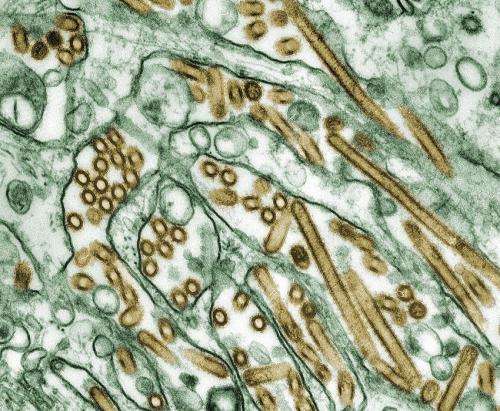Vitamin D Enhances Liver Health by Activating TXNIP in Bile Duct Cells

New research shows that vitamin D can reduce liver damage by activating TXNIP in bile duct cells, offering promising implications for treating chronic liver disease.
Chronic liver disease (CLD) remains a significant global health challenge, impacting approximately 1.5 billion individuals worldwide. Often progressing silently, CLD can lead to serious complications such as liver cirrhosis and hepatocellular carcinoma. Currently, liver transplantation is the primary treatment for advanced cases, highlighting the urgent need for alternative therapies.
Recent research highlights the potential repurposing of vitamin D, a widely used supplement primarily for bone health, as a supportive treatment for liver conditions. A study led by Prof. Hyo-Jung Kwon from Chungnam National University in South Korea investigated the molecular mechanisms through which vitamin D could benefit liver health.
The study revealed that vitamin D administration reduces ductular reaction—a proliferation of bile duct cells (mainly cholangiocytes) that occurs in response to liver injury. While initially protective, excessive ductular proliferation can contribute to inflammation and fibrosis, worsening liver function. Notably, patients with severe CLD tended to have lower serum vitamin D levels, suggesting a link between vitamin D deficiency and disease severity.
Mechanistically, vitamin D enhances the expression of TXNIP (Thioredoxin-interacting protein), a critical regulator of oxidative stress and inflammation. In mouse models, the absence of Txnip in cholangiocytes resulted in increased ductular proliferation and heightened liver inflammation and fibrosis, demonstrating TXNIP's protective role.
Further in vitro analysis confirmed that vitamin D exerts its beneficial effects through upregulating TXNIP, which in turn inhibits inflammatory pathways. Additionally, TXNIP deficiency was found to elevate secretion of pro-inflammatory cytokines such as TNF-α and TGF-β by cholangiocytes. This promotes activation of Kupffer cells and hepatic stellate cells, leading to enhanced inflammation and collagen deposition—hallmarks of liver fibrosis.
The research emphasizes that the vitamin D/TXNIP molecular axis could serve as a promising therapeutic target for managing CLD. By boosting TXNIP activity, vitamin D may help prevent or slow the progression of liver fibrosis and inflammation.
While these findings are compelling, further clinical trials are essential to determine optimal dosing and efficacy in humans. If validated, vitamin D supplementation could become a safe, affordable, and effective adjunct therapy for patients suffering from chronic liver disease, potentially improving outcomes on a global scale.
Stay Updated with Mia's Feed
Get the latest health & wellness insights delivered straight to your inbox.
Related Articles
Breakthrough in Gene Editing Offers Potential Treatment for Smooth Muscle Diseases
Researchers at UT Southwestern have used advanced gene editing techniques to successfully treat a rare, inherited smooth muscle disorder in preclinical models, paving the way for potential innovative therapies.
Child Hospitalized as Bird Flu Cases Rise in Cambodia
A child in Cambodia is hospitalized amid a surge in H5N1 bird flu cases, highlighting ongoing risks of avian influenza transmission and the importance of vigilant disease surveillance.
Florida Delays Implementation of Informal School Vaccine Requirement, Covering Only Select Diseases
Florida's new policy to delay mandatory school vaccinations for 90 days, covering only select diseases, raises concerns over public health and disease prevention strategies.



